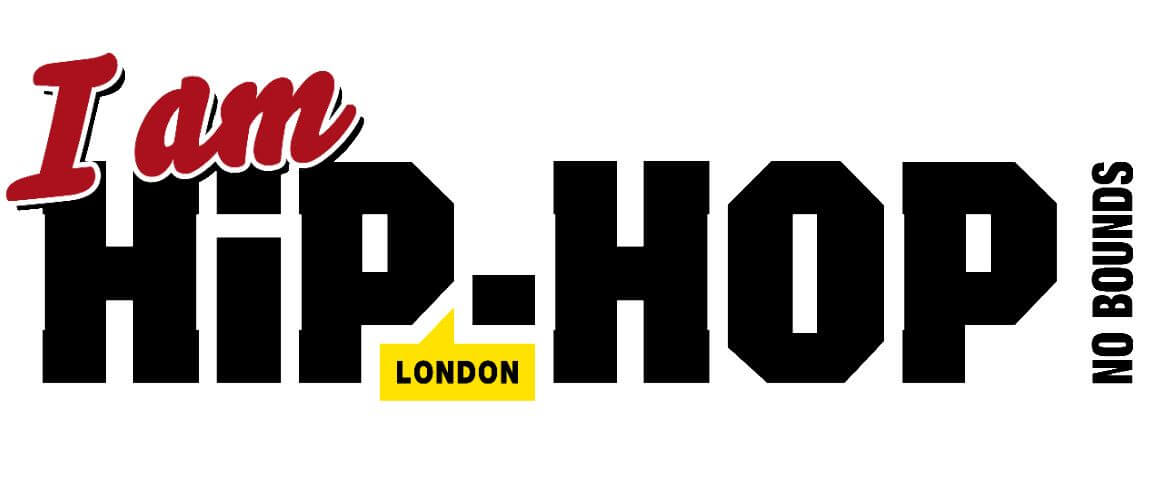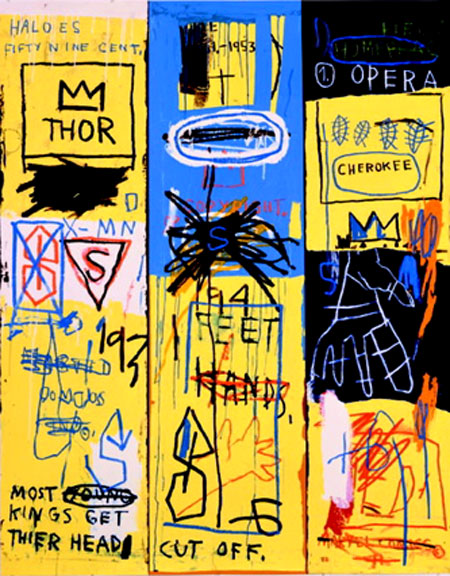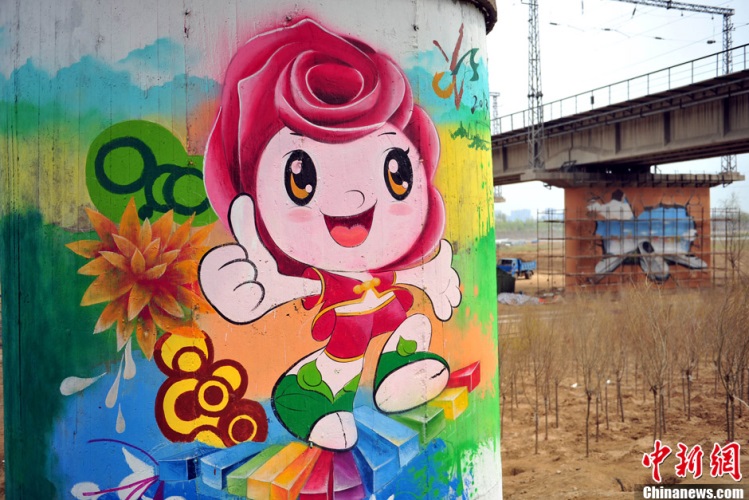Vandalism or a work of art?
Imagine if Michelangelo was fined for painting the Sistine Chapel, isn’t a street artist being fined for painting on a public wall the same thing? This begs the question, what is graffiti? To some people graffiti is meaningless vandalism to others its art, in a way I think it’s both.
Modern day Graffiti developed from the poor and neglected parts of New York City and with the spread of Hip Hop it can now be found in most cities in the world. Yes it was vandalism and vandalism is often a result of rebellious rage, but that makes it honest and uncompromising which makes for the best kind of art. Without causing serious damage, graffiti has been used as way of rebelling and expressing a message. A good example of this is one of the early and most famous graffiti artists Jean- Michael Basquiat.
Born in Brooklyn, Basquiat a self-taught artist, was responsible for some of the most politically and socially conscious art. Starting out with graffiti, he continued in different areas and eventually became a celebrity artist. He hung out with Madonna and collaborated with Andy Warhol. If you watch the video for Blondie’s “Rapture” he’s the one on the turn table. There’s even been a movie based on his life! But much of his fame has been a result of his early death at the age of 27. A lot of his work focused on the theme of wealth versus poverty and attacked power structures and racism. One of his most famous paintings Charles the First deals with fame and success. It’s about a Jazz musician, Charlie Parker who died from a heroin overdose, which is ironically how Basquiat also died. At the top left corner of the painting it has the sentence; Most young kings get their head cut off. It’s a dramatic metaphor about how fame can change a person. Like graffiti itself, it’s in your face and some people could find the image offensive, but that’s a perfect way to get a message across. Like Hip Hop it’s an unapologetic dramatized version of reality.
Graffiti has come a long way since the late 80s. What was once seen as worthless has now been recognized as auction worthy art. The British artist Bansky has been very influential in this transition. One of his street paintings , Slave Labour, was seen as so valuable that someone removed it from a wall in North London and tried to auction it in Miami for nearly half a million pounds. Today, legal Graffiti walls (Free walls) can be found in nearly every large city in the world. From the Leake Street tunnels in London to one of the world’s most censored cities, Beijing, China. In Beijing there are lots of colourful graphics but nothing too controversial. Much of the graffiti in China seems more suited for a children’s nursery than the venting of an adult’s frustrations. Perhaps it’s because it’s the rebellious nature of graffiti that makes it feel expressive. It’s the vandalism that makes it art.
Guest Author
Latest posts by Guest Author (see all)
- ‘TODAY’S HIP HOP IS TOMORROW’S RELIGION’ BY ABSTRACT BENNA — January 23, 2022
- POETRY | ‘DIAMONDS WITH HIS BARE HANDS’ BY JAVON RUSTIN — January 4, 2022
- REMEMBERING JACKSON TURNER, MC HERETIC — October 26, 2020


